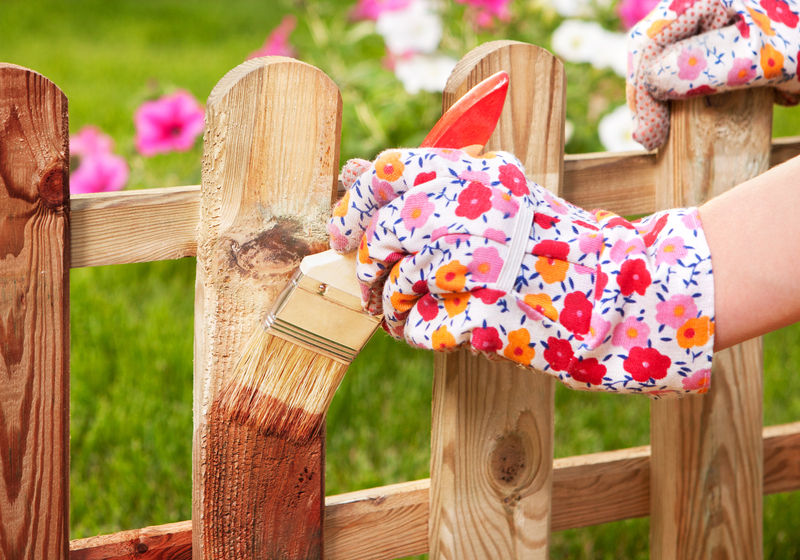10 Wild Edible Plants and Flowers in the UK
Posted on 17/06/2025
1. Nettles
Nettles are commonly found across the UK and are packed with vitamins and minerals. They are best harvested in spring when the young leaves are tender. Cooking or drying the leaves neutralizes the sting, making them perfect for soups, teas, and even pestos.

2. Dandelions
Dandelions are ubiquitous and their leaves, flowers, and roots are all edible. The leaves can add a bitter note to salads, while the flowers make flavorful additions to teas and wines. The roots can be roasted and used as a coffee substitute.
3. Wild Garlic
Wild garlic, identifiable by its broad green leaves and white star-shaped flowers, can be found in woodlands during spring. Its leaves are aromatic and can be used in pesto, soups, and as flavor enhancers in many dishes.
4. Elderflowers
In early summer, elderflowers bloom with small, fragrant white flowers. These can be transformed into elderflower cordial, fritters, and even wine. The flowers must be used fresh and can also be dried for later use.
5. Chickweed
Chickweed is a small, delicate plant often found in gardens and can be harvested practically year-round. It has a slight corn-like flavor and is an excellent addition to salads, sandwiches, and even as a cooked green in stews and soups.
6. Hawthorn
Hawthorn leaves, flowers, and berries are all edible. The leaves, often called "bread and cheese," can be snacked on directly, while the berries can be turned into jellies, wines, and teas. Hawthorn is best harvested in the spring and early summer.
7. Blackberry
Blackberries are a quintessential wild fruit found in hedgerows across the UK from late summer to early autumn. They are delicious when eaten fresh, but also make excellent jams, jellies, and desserts.
8. Meadowsweet
Meadowsweet is common in damp meadows and by riverbanks, with a strong aroma of almonds and vanilla. Its flowers and leaves can be used to flavor drinks, syrups, and desserts. Meadowsweet also has historical use as a natural remedy for headaches.
9. Wood Sorrel
Wood sorrel is often found in shaded areas like woodlands, recognizable by its small, clover-like leaves and white/pink flowers. It has a sour, lemony flavor, making it a refreshing addition to salads and sandwiches.
10. Horseradish
Horseradish is often found in wild patches on roadsides and open fields. The roots have a pungent, spicy flavor that is perfect for making into sauces or adding a kick to dishes. Harvest the roots in autumn for the best flavor.
Pros and Cons
Foraging for wild edible plants has its benefits and drawbacks. On the pro side, foraging is a low-cost way to access fresh, organic food while enjoying the outdoors and reconnecting with nature. It also promotes biodiversity and helps educate about the local ecosystem.
However, there are cons to consider. Misidentifying plants can lead to consuming toxic species, which can be harmful or even fatal. Overharvesting can deplete natural populations and damage local habitats. Moreover, certain areas may be protected or polluted, making foraging there unsafe or illegal.
Tips
- Always use a reputable guidebook or app for identification.
- Start with easily recognizable plants to build confidence.
- Forage sustainably by taking only what you need and leaving enough for wildlife.
- Avoid foraging in polluted areas or where pesticides are used.
- Be aware of local foraging laws and restrictions.

Takeaways
Exploring wild edible plants and flowers in the UK offers a connection to nature, a boost to your diet, and an appreciation for the abundance around us. By practicing safe and sustainable foraging, you can savor these natural delights without negatively impacting the environment.
Conclusion
The British countryside is brimming with edible treasures that can add unique flavors and nutrition to your diet. With proper identification, mindful harvesting, and respect for nature, foraging can be a rewarding pursuit. Whether you're a seasoned forager or a beginner, the thrill of discovering edible plants and flowers is a delightful way to enhance your culinary adventures and bond with nature.



